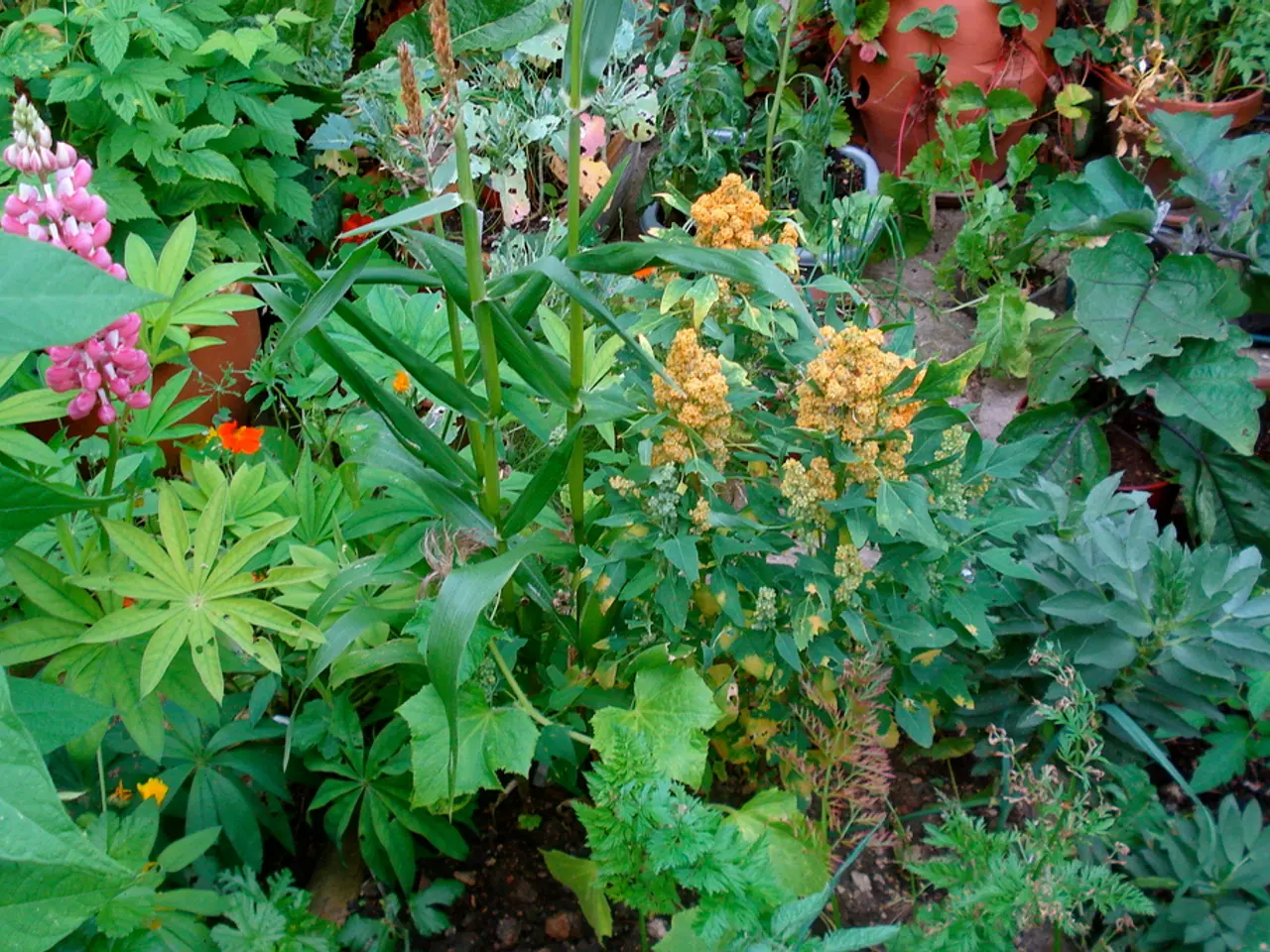In the Harz region, carrots and asparagus continue to thrive untamed: Wildlife Conservation Haven
In a significant move towards preserving plant genetic resources, Germany has established the "Trog" near Quedlinburg as its first nationwide genetic conservation area for wild plants crucial for food and agriculture. This initiative, launched in 2025, marks an important step in Germany's efforts to conserve these resources in situ, complementing existing ex situ methods such as seed banks.
Located in the Harz region, the "Trog" serves as a protected natural monument, conserving the genetic diversity of wild plants that are vital for food security and agricultural sustainability. Eighteen wild plants of significant importance have been identified within the area, including the common asparagus and the bird vetch.
The benefits of the Trog extend beyond genetic preservation. By protecting these wild plants, the area contributes to maintaining genetic traits that might be valuable for breeding new crop varieties and enhancing resilience against climate change and diseases. The Trog also supports broader efforts in biodiversity conservation, ensuring natural ecosystems remain healthy and can provide ecological services.
Moreover, the Trog acts as a living laboratory for studying wild plants' genetics, ecology, and their role in agriculture and food systems. The Julius Kühn Institute (JKI), which protects the Trog, carries out continuous monitoring and seed collection for the wild plants found there, storing them in gene banks as a backup.
The JKI also focuses on researching and developing new varieties of cultivated plants to better withstand climate change. The institute not only protects the Trog but also works on understanding the potential of wild plants, such as the wild carrot, which is a wild relative of the familiar table root, but lacks a large amount of carotene.
The Trog is just one of 60 planned genetic preservation areas for the protection of wild relatives of cultivated plants throughout Germany. However, the presence of invasive species in German gardens, such as cherry laurel, summer lilac, giant hogweed, and Japanese knotweed, is a growing concern due to climate change.
In contrast, the furrowed foxtail, also found in the Trog, is not favored as a fodder plant by livestock but thrives on dry, nutrient-poor soils and is an important soil stabilizer on steep slopes. Another useful plant identified in the conservation area is the sand thyme, a native European plant with wild occurrences up to the Ural, providing a decent bee meal on dry soils.
The Trog's preservation is attributed to a local shepherd, whose grazing by animals prevents overgrowth and promotes species of semi-open habitats. This initiative, along with the 59 more genetic preservation areas planned, highlights Germany's commitment to maintaining a diverse and sustainable food system.
In addition to the Trog, the ARD Climate Update, a weekly, free program focusing on the effects of climate change and potential solutions to maintain a good life, continues to educate the public on the importance of such initiatives. The program underscores the need for continued efforts to preserve wild plants, as our food is based largely on cultivated plants that would not exist without human intervention.
- The Trog, established in the Harz region, is a significant area in environmental science, focusing on the conservation of wild plants that are crucial for health-and-wellness, particularly food security and agricultural sustainability.
- By preserving these wild plants, the Trog contributes to the development of new crop varieties through exploiting genetic traits, potentially enhancing resilience against climate change and diseases in the science of agriculture.
- The ARD Climate Update, a weekly program focusing on the effects of climate change, emphasizes the need for initiatives like the Trog, as our food system heavily depends on cultivated plants with wild origins that would not exist without human intervention, linking the Trog to the broader discussion on health-and-wellness, fitness-and-exercise, and climate-change.




